-
Posts
2,700 -
Joined
-
Last visited
-
Days Won
49
Content Type
Profiles
Forums
Blogs
Gallery
Events
Store
Posts posted by Graf
-
-
On 16/07/2023 at 03:57, Farkas said:
Hi Gents...
Thanks Dfifer for this ☝️...
very interesting, enough for me to dig mine out... 👇
If I remember correctly...
The one with the ‘gold’ detail is a ‘life membership’ medal and weights 17.3g including ribbon.
The dark one is lighter, 12.2g including ribbon, and is possibly silver underneath.
The boxed one which hasn’t tarnished is very light, just 6.0g and appears to be the same as the LManz’s Dads momento.
Cheers
tony🍻
Nice
0 -
3 hours ago, Kvart said:
That was a lot of EKs to Swedes!
I have found only three Norwegians, and only EKII:
- colonel Gudmund Schnitler, military attaché Berlin1917-19
- colonel Ebbe Carsten Morten Astrup, military attaché Berlin and Vienna 1915-17
- commander Christopher Bremer Vahl Meyer, naval attaché Berlin and Vienna 1917-19
Good work
0 -
1 hour ago, Elmar Lang said:
It's not enamel, those details are usually spray-painted (or, depending on the maker, brush-painted).
All the best,
Enzo
Hi Enzo Thank you That is why one can see those badges with lost paint or over painted crown
Regards
1 -
On 18/06/2023 at 05:33, Farkas said:
Hi Tony, Nice looking badge.
Is the enamel repaired?
1 -
1 hour ago, steveBobby said:
Hi Graf!
Yes, I checked the image again. Perhaps this could be some kind of manufacturer error, or a trace of someone artificially damaging it later.
Sincerely
Steve
More likely the first one, however it could be later addition
0 -
Hi Steve,
I think the question is for the badly attached swords on the second order from the left, if I am not wrong
Cheers
0 -
-
On 25/03/2017 at 06:43, Rusty Greaves said:
I would like to update my last posting with a few illustrations of the different badges and sashes that I have previously mentioned. I apologize for some redundancies with the above posts. For all these judgeships, at least in the early 20th century, the costume was a simple black tunic and a maroon fez. Each of the three different courts had a different colored silk sashes and badges made from different precious metals. The tablet legends on all badges are enamel. As noted, prior to the instigation of this system, judges wore the robes of their home countries and particular courts they had served.
The Mixed Courts of Egypt were established in 1876 and were used until 1949. In place of the exclusive consular jurisdiction to which foreigners were formerly liable, a system of Mixed Tribunals was established in 1876. At least part of this was due to the increased presence of foreigners in Egypt associated with the cotton trade, following the decline of the US production during the Civil War, and probably construction of the Suez Canal. The judges for the Mixed Courts were Egyptians and foreigners from Europe and the United States (the latter generally appointed by the Khedive from qualified officials nominated by the European power and the US government). The Mixed Courts were based on the French civil code (Napoleonic Code), British common law, with additional elements from Islamic law.
For all these judgeships (in the Appeals Court, the District Courts, and the Parquet-the public prosecutor’s office), at least in the early 20th century until the end of the Mixed Courts, the costume was a simple black tunic with a standing collar, and a maroon fez. Initially, following the establishment of the Courts and probably throughout the
19th century, judges of the International Mixed Courts wore their own judicial robes used by each appointed international judge from their home countries. The costume change was apparently intentionally nationalistic, changing to a tunic and fez indicating the use of an Egyptian costume to emphasize the national interest in the Courts' roles and activities. Is there a proper term for this tunic? Each of the three different courts had a different colored silk sashes and badges made from different precious metals. The badge designs were all the same except for their materials. The tablet legends on all badges are enamel.
The international Court of Appeals was the highest of the Mixed Courts (in Alexandria). The sash for this court was green and the judges’ badge was of gilt in gold (see badge illustration below and the previously posted portrait above on 12/1/2016 of Judge Jasper Brinton painted by the 20th century modernist painter Mahmoud Said, who was a judge on the Mixed Courts 1922-47, and his father was the Prime Minister of Egypt 1910-14 and May-November 1919). An additional small black & white image of a Greek member of the Appeals Court, Nicolas Cambas, wearing the tunic, sash and badge is published in Jasper Brintons book on teh Mixed Courts, cited above on 12/1/2016. For the District Courts (Alexandria, Cairo, and Mansourah-the latter held a session once a year in Port Said) the sash was red and the badge was gold and silver gilt ( see illustrated below-same as in my original post of 11/17/2016; and see the the color portrait posted by Egyptian Zogist on 11/23/2016; and the black & white photograph of Judge Pierre Crabitès in my original post of 11/17/2016). The sash for the Parquet (office of the Procureur-General who prosecuted cases in front of the Mixed Courts) was red and green and the badge is silver. The one illustration I have found so far of a parquet official was for Apostolo N. Gennaropoulo (of Greece) who served in Alexandria. The image shows the sash as having a green stripe as the upper margin of the sash that is ~1/3 the width of the red stripe below. Photos of him and his badge are shown below. These silver gilt badges appear to be the most common ones appearing on auction websites.
The badges are large and heavy, ~ Width: 88 mm x Height: 117 mm; 161-172 gm. Abbas Hilmi II had the badge designed by Emile Froment-Meurice of Paris, the most famous jeweler in Paris at the time. Genuine examples were variously made for the courts by Froment-Meurice and several Egyptian manufacturers such as Lattes of Cairo, Bichay of Cairo, M. Laurencin & Cie. of Alexandria, and Stobbe in Alexandria. Some original badges were unmarked. The design of these badges remained unchanged throughout the entire period of their use. As noted by Egyptian Zogist in his post of 11/23/2016, apects of the obverse design derive from French iconography and Ottoman images (as the Khedivie represented an Ottoman viceroyalty ruling Egypt until Abbas Hilmi II was deposed and the remaining kings from this dynasty ruled under a British protectorate). Part of the badge design clearly derives from French iconography (see below), a borrowing from the influence of the Napoleonic code on Egyptian law. The drapery is considered a “pavillion”, the hand on the upper left is the “hand of justice”. The image of a scepter in the upper right may be derived from earlier versions depicting two knights representing two orders- Order of Saint-Michel and the Ordre du Saint-Esprit- were together known as the ordres du Roi with spears with standards held projecting above the pavilion. In the Mixed Courts judge’s badge, the hand of justice remains, and the other side is a whisk representing royal authority (like a scepter). I have been told that the small circular 'medallion' at the bottom of the badge bears the Ottoman Tughra and resembles the Order of Medjidie, its placement also appears to be related to the cross seen in the French royal arms (see below and image above from post by Egyptian Zogist on 11/23/2016).
I have seen and gotten several translations of the legend. That from Egyptian Zogist on 11/23/2016 is the most precise: "Justice is the foundation of kingship/governance". His additional comments above on the continued use of this motto in Egypt are relevant.
Silver gilt judges’ badge, identified as that of Herbert Hills of the Mixed Courts in Cairo. The silver of this badge indicates it was worn by a member of the Parquet, or the state prosecutor’s office, although Hills was a judge on the District Courts 1875-82 and on the Court of Appeals 1882-1904. Perhaps at this earlier period when the regalia changed from the previous use to the standardized Egyptian garb, the badge distinctions had not yet been fully established. It may also be that this is not Hillses badge, the named attribution appears to be based on a handwritten piece of paper attached to the reverse side of the badge. (Dreweatts Bloomsbury Auctions; lot 175; http://www.dreweatts.com/cms/pages/lot/13863/175)
Arms of the first Empire (1804-14) showing elements included in the design of the Mixed Courts judges' badges
Arms of the monarchy of July (1830) showing elements included in the design of the Mixed Courts judges' badges.
Gold gilt Judges’ Badge of the Mixed Court of Appeals, obverse view of badge with legend reading: "Justice is the foundation of kingship/governance".
Gold gilt Judges’ Badge of the Mixed Court of Appeals, reverse view of badge. Maker's maker's is unclear, possibl' Froment Meurice of Paris, although the first two visible letters appear to be "MO...".
Silver and gold gilt Judges’ Badge of the Mixed Court of Appeals, obverse and reverse view of badge. This example was made by Stobbe of Alexandria.
Silver gilt judges' and/or official's badge of the Parquet, or Procureur-General who prosecuted cases in front of the Mixed Courts, obverse view.
ilver gilt judges' and/or official's badge of the Parquet, or Procureur-General who prosecuted cases in front of the Mixed Courts, reverse view. This example has no maker's mark, but is probably genuine.
Badge in case that that belonged to Apostolo N. Gennaropoulo (of Greece) of the Parquet attached to the Mixed Courts of Alexandria, Egypt and a photo of him in his official robes wearing the badge on his bi-colored sash of green over red. (http://www.ebay.co.uk/itm/OTTOMAN-EMPIRE-EGYPT-KHEDIVATE-JUDGE-039-S-BADGE-OF-OFFICE-FROMENT-MEURICE-W-BOX-/181500482691?_)
What a beauty
0 -
-
-
-
Yes very unusual attachment. Such work was explained that it was needed urgently and the result was like that
I have seen such work not only on Rumanian Orders
0 -
6 hours ago, VC89 said:
I'm more likely to believe Borné on this one. Not only because his work is from a later date and he was familiar with Quinot's work but also because I have some of the Labour Decorations singed by the manufacturer. The most usefull one I have is the one signed by Auguste Fonson and is in it's original box. The box has his adress (Rue de Fabriques, 51). The medal is bilingual.
I checked a few almanachs of the city of Brussels (1899-1905) and in the editions of 1899 to 1901 it reads that on this adress was August Fonson. In the editions of 1902-1905 it was Fonson & Cie.
I think you refer to the Royal Decree of 24 October 1951. It changed the French text on Belgian decorations to both French and Dutch. The Labour Decoration is indeed one of the earliest decorations that both uses French and Dutch inscriptions but there are more examples of bilingual medals prior to 1951: The Victory Medal (1919); The Commemorative Medal of the War 1914-1918 (1919); The Medal of National Restoration 1914-1918 (1928), ...
Some other medals other medals have a French and Dutch version (both official): King Albert Medal (1919); The Commemorative Decoration for the 75th Anniversary of the issue of the first postal stamp in Belgium and the 50th Anniversary of Belgium's participation in the universal postal union (aka. the Commemorative Medal of the 75th Anniversary of the Postal Services for short 😛)(1924); ...Thank you Very nice
0 -
On 14/07/2023 at 18:26, Dave Wilkinson said:
Very interesting. Excellent detective work locating the image, which is entirely new to me.
For some inexplicable reason, the Metpol. Inspector on the extreme right is wearing on his breast the cap badge of the short lived Devon & Exeter Police (1966-1967). I'm attaching a photo of the small group of badges which were produced for that force. The collar badges were issued and worn. However, the cap badge was only worn by Special Constables and the numbered breast badge was not worn at all. To confuse matters further, the Coat of Arms is that of Devon County Council with no Exeter connection whatsoever.
I suspect that the Met. have used "sample" badges (not related to the Met.) simply to display the proposed uniforms. I've not been able to identify the badges being worn on the breast of the other two bobbies. However, the one being worn by the guy in the centre seems to be the collar badge of the Durham Constabulary, with a small number section fixed below it.
Dave.
Thank you for the information
0 -
6 hours ago, goran devic said:
Dear John
I medal is from my hometown Sisak and my 87 old father will be happy if I buy it for his collection!
all best
goran devic
gorandevic01@gmail.com
Hi Goran I wish you luck That could be nice present for your father
0 -
15 hours ago, Hendrik said:
Hello Uwe,
André Borné, in his book, situates the language change between May 1878 and August 1887 ...
Regards,
Hendrik
Unusually early change considering the very late -after WW2 change to the other Orders and decorations Very interesting fact
0 -
Very interesting
0 -
On 15/07/2023 at 06:28, Rusty Greaves said:
Numis, I do not think I know enough about the process of striking medals, and the diversity of doublestrike error issues to know whether these rim marks suggest they came from the same batch (would this be one of the kinds of horizontal misalignments?). Again, perhaps because of my unfamiliarity with the mechanics of these misalignments, I would have thought that these rim errors are likely to be idiosyncratic and not that useful as diagnostic indictors of temporally associated strikings. In the better quality photos I have seen and reproduced here it appears that often the rims of both the obverse and reverse show misalignments of both the hammer and anvil dies (dual misalignments?). I don’t know if these striking errors seen on several Sir Harry Smith Medals are due to loose dies or the ejection system. Given how many other SHS Medals show similar rim errors, I wonder if these are just the result of the problematic striking process for these medals but cannot be used to define any particular manufacturing event. F. K. Mitchell (1955, pg. 239) certainly feels that poor workmanship is evident on the sinking of the dies. He also lists the use of cracked dies (Mitchell identifies “die 2” used on 4 unnamed medals as cracked, is this the die used for all of the surviving medals that show a cracked reverse die, are either of reverse dies he labels “5” and “6” cracked?), variation in the thickness of the medals, and the frequency of doublestrikes to support his inference that the less skilled manufacture likely indicates that the medals were struck in Cape Town. The lettering of both the Roots and Ferara clearly shows similar proportional differences in the smaller lettering of …”IN THE...” on the reverse, indicating they probably were struck with the same dies (Mitchell’s obverse die 1 and reverse die 3, 1955, pg. 238).
Below is my summary of the rim misalignments and doublestrikes that can be seen on the photographs I have included in this thread. These photos range from very high-resolution to very poor images. I have included brief discussions of all the named and unnamed examples I’ve previously posted, but left out those represented only by drawings (the Difford 1920 pg. 14 illustration of an unnamed medal, that was probably based on the Meades example, in my post of 17 March, 2021; the illustration from Irwin 1910, Plate XVIII of an unnamed medal shown as the 1st image in my post of 20 September, 2022, is this a drawing or a very poor quality photo illustration?), or with photos so poor that nothing can be seen (the unnamed example from a 1999 DNW auction [Lot 32] shown as the 4th image in my post of 13 March, 2021; the obverse image in the Simons 1998 volume, pg. 5 shown as the 1st image in my post of 26 April, 2022 and as the 2nd photo in my post of 28 June, 2023; the even lower-resolution version of this same photo from Balie 1988, pg. 112, shown in the 1st photo that same post of 28 June, 2023; the very poor photo of the Duncan medal from the City Coins 2005 auction shown in my post of 20 April, 2023; and the unnamed example from the 1991 Buckland, Dix and Wood auction catalog, shown in my post of 19 November, 2022). I have ordered the information below first to address your question numis about the Roots and Farera medals. Next, I have presented my impressions about the doublestrikes/misalignments in relation to the better-quality photos I have found ending with the lowest resolution images. I have titled each paragraph according to the Mitchell 1955 die identifications, as that is still the most complete published listing available.
Obverse die 1 and reverse die 3: As noted, in the better photos available online and from the few published sources I have consulted, two medals appear to be struck from reverse die 3 that has the larger lettering apparent in the lowermost inscription “…IN THE…” of the “For Gallantry in the Field”: the Girt Roots medal and Hendrick Ferara medal. Mitchell (1955 pg. 238) also lists the David Faroe medal (from the Port Elizabeth Museum) and Piet Jan Cornelis medal (from the Burton Collection) as representing reverse die 3. The high-resolution photo of the Girt Roots’ medal (shown in the 3rd photo of my post on this thread of 12 December, 2020 and the 1st photo in my post of 1 May, 2022) shows this rim error from approximately the 11:00 position to 5:00 on the obverse and from the ~1:30 position to ~5:00. The lower-resolution image of the Hendrick Ferara medal (shown in my recent post of 5 July, 2023) shows misalignment on the rim of the obverse from ~9:00-5:00, and on the reverse from ~1:00-8:00.
Obverse die 1 (?) and unspecified reverse die: The high-resolution picture of the unnamed medal from a 2014 DNW auction, Lot 618, (shown in the 3rd photos of my post of 13 March, 2021 and in the 2nd image of my post of 26 April, 2022) shows lettering of the reverse lower inscription (For Gallantry in the Field) with “…IN THE…” similarly proportioned to the Roots and Ferara medals, but lacking the full stop after “FIELD.” (visible on the Ferara medal but obscured on the Roots medal by a later soldered brooch attachment, however numbs you are confident that the Roots medal was struck using reverse die 3). Mitchell only identifies reverse dies 2 and 3 as having this larger lettering. Numis, what is your opinion about the authenticity and potential reverse die for this medal? The rim of the DNW medal (obverse and reverse) shows no apparent rim misalignment. However, the upper inscription on the reverse may show a doublestrike in “PRESENTED…” (or poor quality die sinking executing this word?) and possibly in the “FI” of “FIELD” in the lower legend. The unnamed example from a September, 2019 auction by Collectors Investment (shown as the 6th and 7th photos in my post of 30 January, 2021) archived on the Bid or Buy website (their name now changed to "bobshop"; product code:IL1225 [L/C]; bobshop Id: 433963525), also matches the reverse lower inscription proportions of "...IN THE..." and lack of a full stop after "...FIELD." as seen on the DNW Lot 618 medal. I have often been skeptical of this medal's authenticity because of the replacement suspension rings and as it remained unsold in that 2019 auction. However, numis lists it as a medal he has seen images of and expresses no concerns about its authenticity in his post of 16 December, 2020. Although the images of this heavily worn medal are of moderately good-resolution, I cannot see any indication of rim misalignment or incontrovertible doublestrikes on those photos. As with the DNW example, there maybe some irregularities in the upper inscription letters of "PRESENTED..." and possibly some indications of a doublestrike visible above the "PRESE...". The photo is not sharp enough, however, to confirm that possibility.
Obverse die 1 and reverse die 2 (cracked): Good-poor photos online can be identified representing the same cracked reverse die (Mitchell’s reverse die 2?). These include the Thomas Dicks, Paul Arendt, Lt Edward Lister Green medal, and an unnamed medal from a 2016 Baldwins auction. Mitchell (1955, pg 238) lists the John McVarrie medal (no provenience recorded) and three unnamed medals that he identified as produced by obverse die 1 and reverse cracked die 2. He has a tentative assignment of one unnamed medal to the uncracked reverse die 2. The high-resolution photo of the Thos. Dicks medal (shown in the 1st photos in my post of 13 March, 2021, in a lower-resolution image that is the 2nd photos in that same post, and as the 3rd photo in my post of 26 April, 2022) shows clearly the doublestrike on the laurel wreath above the lion, above the lion’s head, and on the rim between the ~12:15 to probably the 6:15 position and possibly at the 8:30-9:00 position of the obverse. The reverse of that medal (seen in the 13 March 2021 post and the 3rd photo of my post of 1 May, 2022 and the 2 images in the 13 March 2021 post) shows the doublestrike (or triple?) on the upper legend (“…ENTED BY”), the 2 lines of middle inscription (“…EXCELLCY” and “…BART G.C.B”), and probably some of the lower legend (“…NTRY IN THE FIELD”). The misalignment of the rim from is visible from 12:00 extending maybe to the 8:00 position. This photo also provides the best online image of the crack in the die between the ~10:00-11:00 position, indicting it is probably Mitchell’s reverse die 2. This usefully helps identify 3 other SHS medals I have illustrated here as possessing the same crack configuration (as some of those photos do not show it as clearly as on the Dicks medal). The low-resolution online images and cleaned condition of the Paul Arendt medal (see the 1st, 2nd, and 3rd photos in my post of 30 January, 2021) makes the rim errors a bit harder to see. However, it appears to exhibit it from the ~1:30-6:15 position on the obverse and possibly from the 12:00 to ~10:00 position on the reverse. Although not a good photo, it also shows the same crack on the reverse as can be more readily seen on the Dicks medal. It is hard to tell from the low-resolution image of the Lt E. L. Green medal (see the 4th and 5th photos in my post of 30 January, 2021 and first 2 photos in my post of 28 September, 2022) whether there is any misalignment of the rim on the obverse. The equally poor photo of the reverse may show some irregularity in the width of the rim or misalignment from the ~10:30 to 6:00 positions. The crack in the die also is visible indicating it was struck with the same die as the Dicks and Arendt medals. An unnamed medal from a 3 May, 2016 auction (98) by Baldwins (Lot 2029) also shows the use of this same cracked reverse die (shown in the 2nd photo of my post of 12 December, 2020). The low-resolution photo of this unnamed medal probably shows misalignment of the entire obverse rim. I cannot tell if there is evidence of a doublestrike in the upper inscription of the reverse, but guided by the Dicks medal, the outline of the reverse die crack is quite apparent.
Obverse die 1 and reverse die 1: Mitchell (1955, pg. 238) identifies the J. Hassall medal (shown in the Mitchell 1955 article Plate 1, reproduced in my post of 23 March, 2021, in a cropped version of that photo is the 2nd image in my post of 29 September, 2022, and in a very low-resolution plate from the Irwin 1910 publication shown in the 1st image of that same post of 29 September, 2022) that he had in his personal collection as having been produced by obverse die 1 and reverse die 1. He also identifies the Frs. Meade C.M.R. medal (in the Africana Museum) and an unnamed example as having also been made with these dies. I have only seen drawings of the obverse and reverse of the Meades medal that cannot identify any striking errors. (see the illustration from Tancred 1891, pg. 356 in my post of 13 April, 2022). The two low-resolution images of the Hassall medal I have posted here do not clearly show rim misalignments and are not detailed enough to determine whether there are any doublestrikes.
Obverse die 1 and unspecified reverse die: The moderate-resolution Spink image of the John Keiberg medal (see the 1st photo of my post of 12 December, 2020 and the 2nd photo in my post of 1 May 2022) appears to show rim misalignment on the obverse possibly of the entire rim circumference. I am labelling this as obverse die 1, although there is no confirmation from Mitchell or others, as it does have the “HOPKINS” name underneath the veld sculpture and according to Mitchell’s inventory, only obverse die 2 lacks this name. The reverse of the Keiberg medal looks as though it exhibits a doublestrike affecting at least the “PRES...” of the upper legend and misalignment of the rim between the 2:15 and 6:00 positions. I am not familiar enough with the proportion letter differences in spacing and size to distinguish whether this clearly represents reverse die 1 and there are no comparative photo images available to me for comparison with reverse dies 4 (which you are skeptical of), 5, or 6.
Hi Rusty, Thank you for all this interesting information
1 -
5 hours ago, speedytop said:
Hallo Hendrik,
the basic question is, when the change from one language, French, to the two languages, French and Flemish, occurred.
The first medals were only in french, the current ones are in French and Flemish.
And yes, unofficial medals exist in modern times only in French and only in Flemish (it could be that the images of the medals are not to scale), left the one from 1864:
Uwe
Hi Uwe Very good question indeed
0 -
-
Just now, oamotme said:
Gentlemen,
Another LDH led group acquired in the last few years - no research done and I doubt if much is possible other than to provide a summary of each award. The recipient of these awards was, I suspect some manner of late nineteenth and/or early 20th century senior diplomat or colonial administrator with much service in Indo-China.
Owain
Splendid
0 -
-
-
2 hours ago, oamotme said:
Graf, Superb selection of beautiful pieces - well done! Owain
Graf,
The group illustrated below was sold to me as a early / mid-19th century LDH trio........close inspection reveals otherwise!
Owain
1. France – the Decoration of the Lily
2. Spain – the Order of Isabella the Catholic
3. Brazil – the Imperial Order of the Southern Cross
Great trio
0



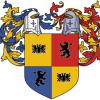
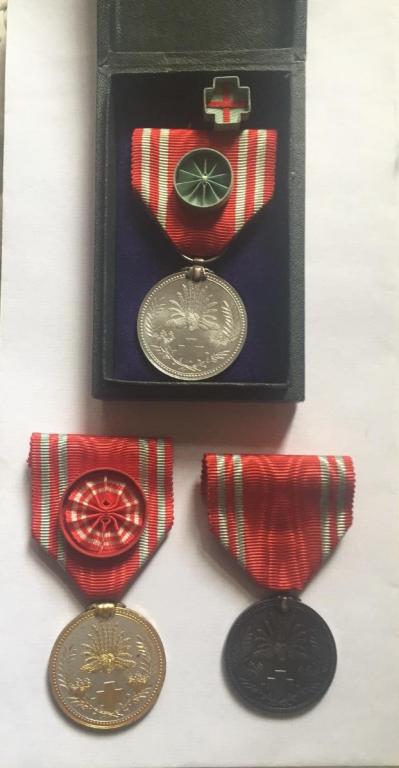
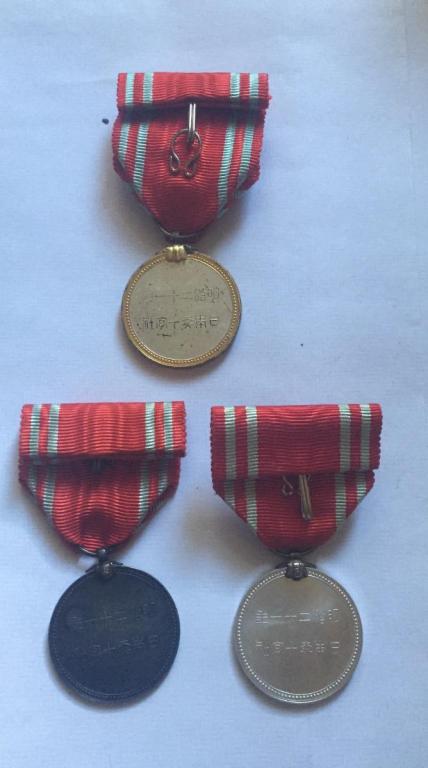
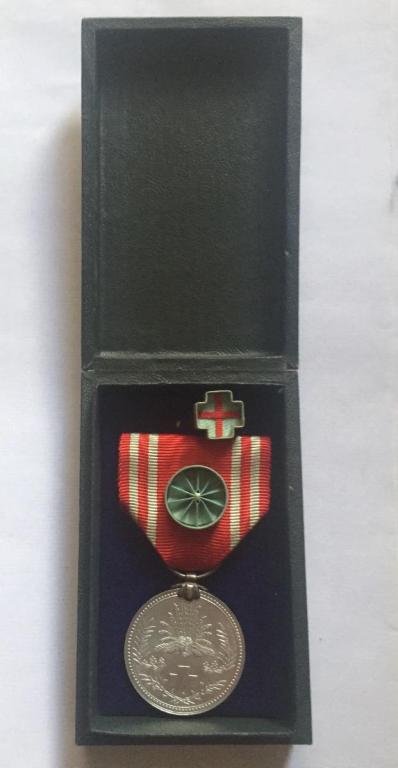
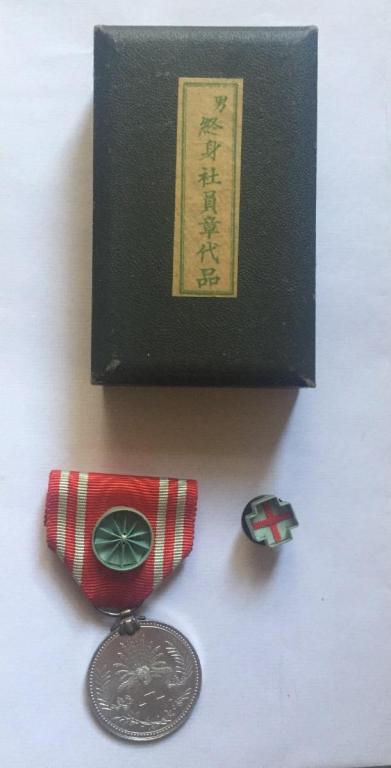
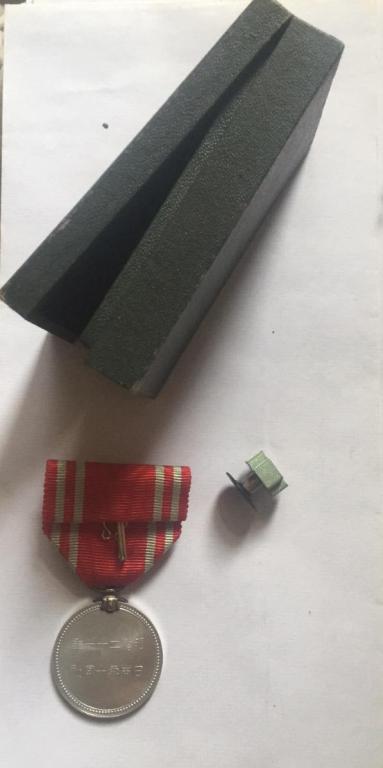


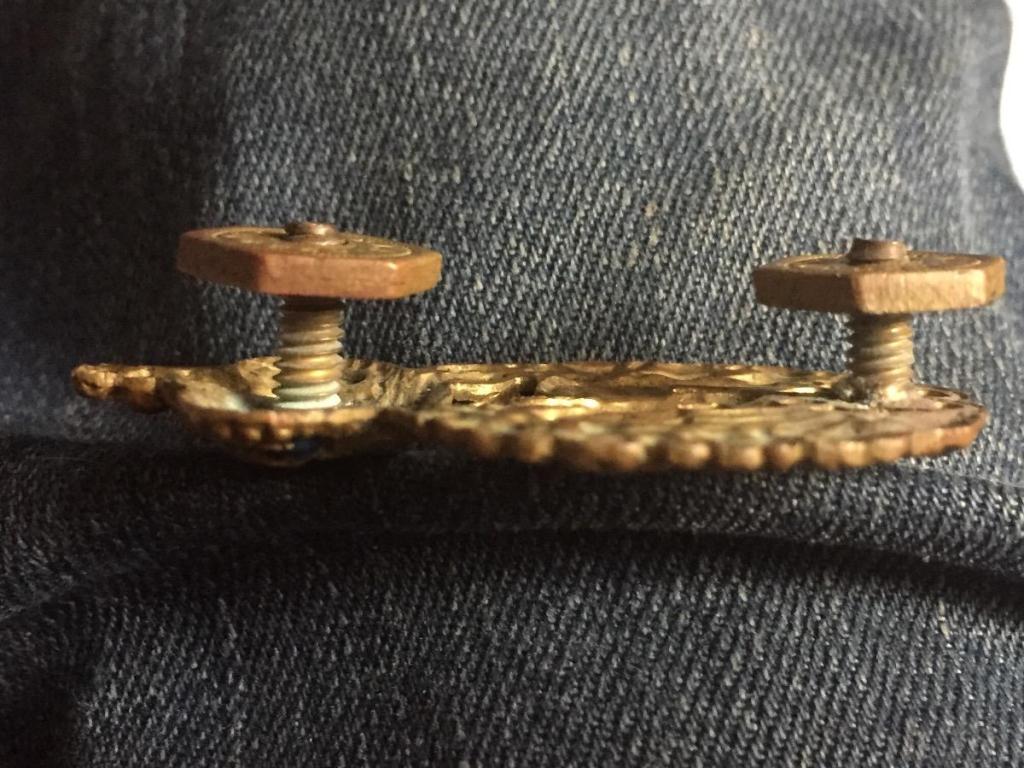
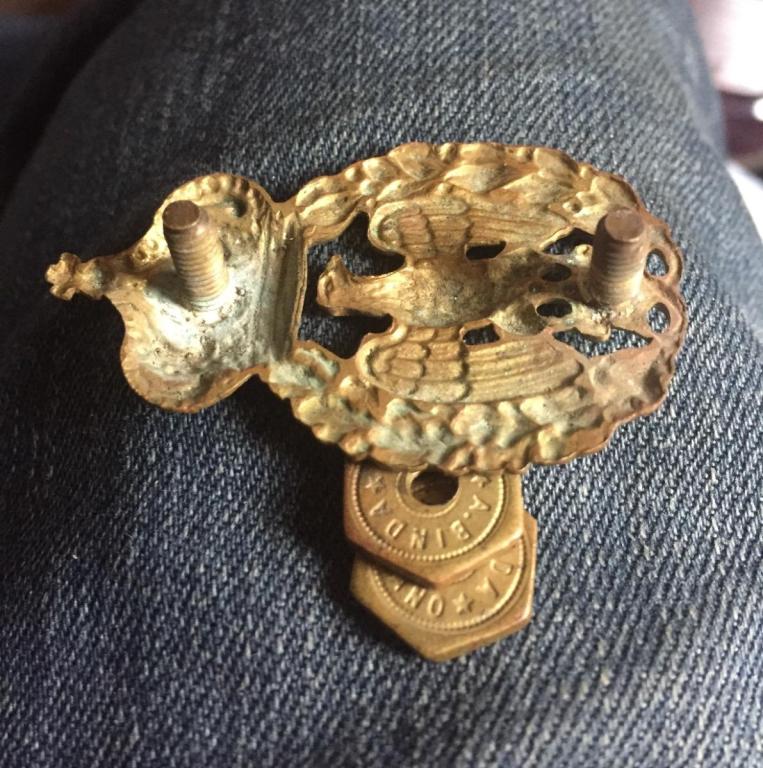
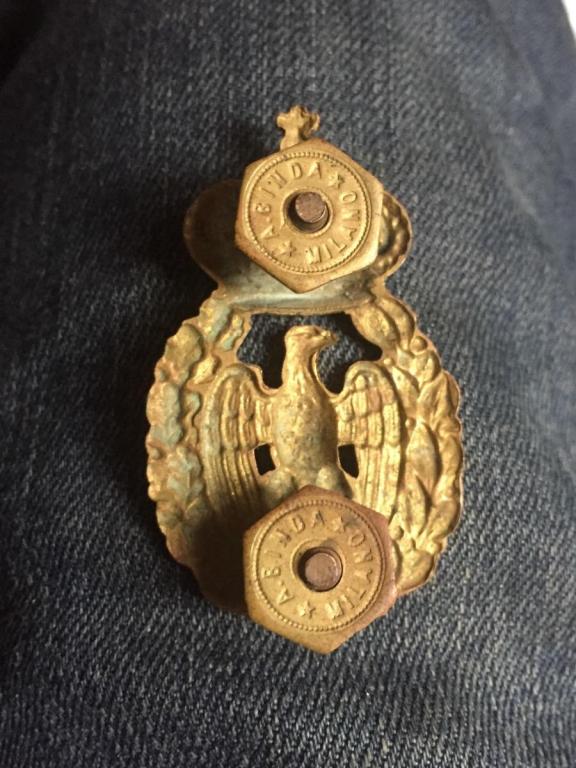

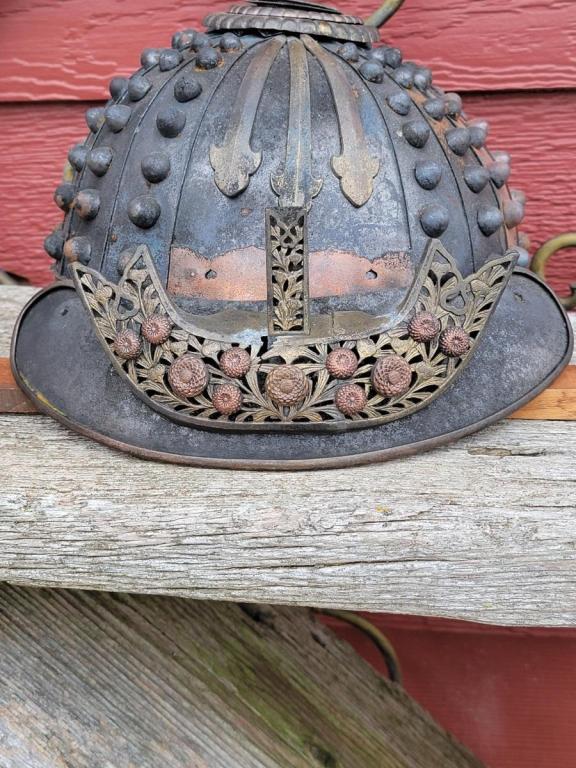

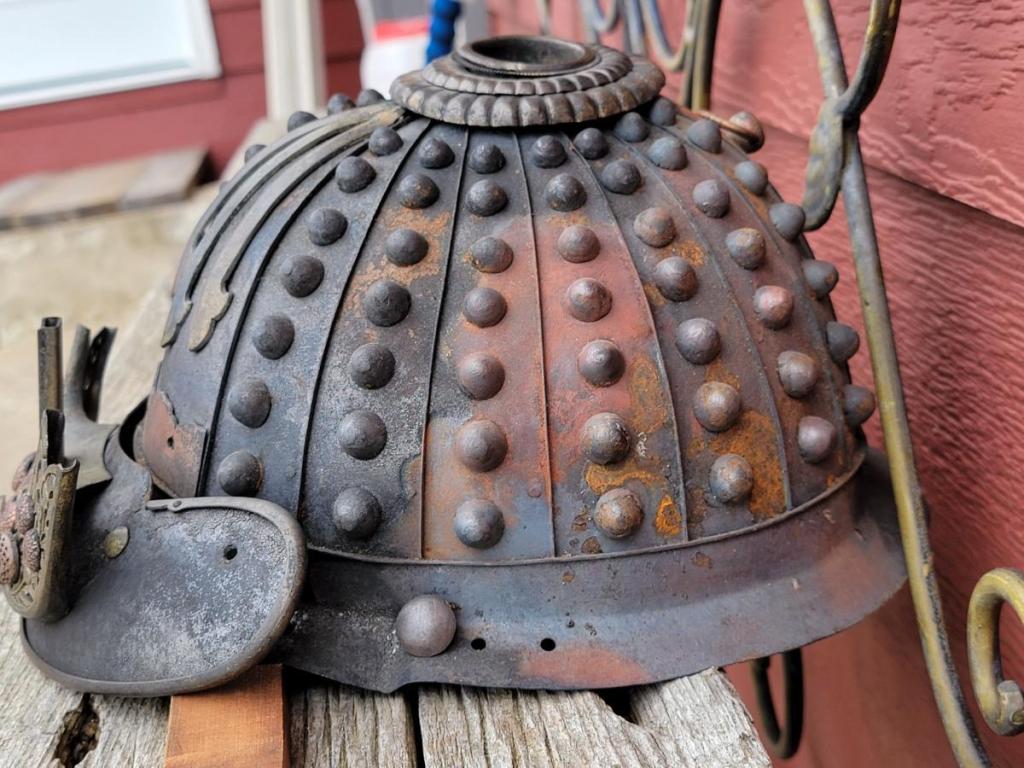
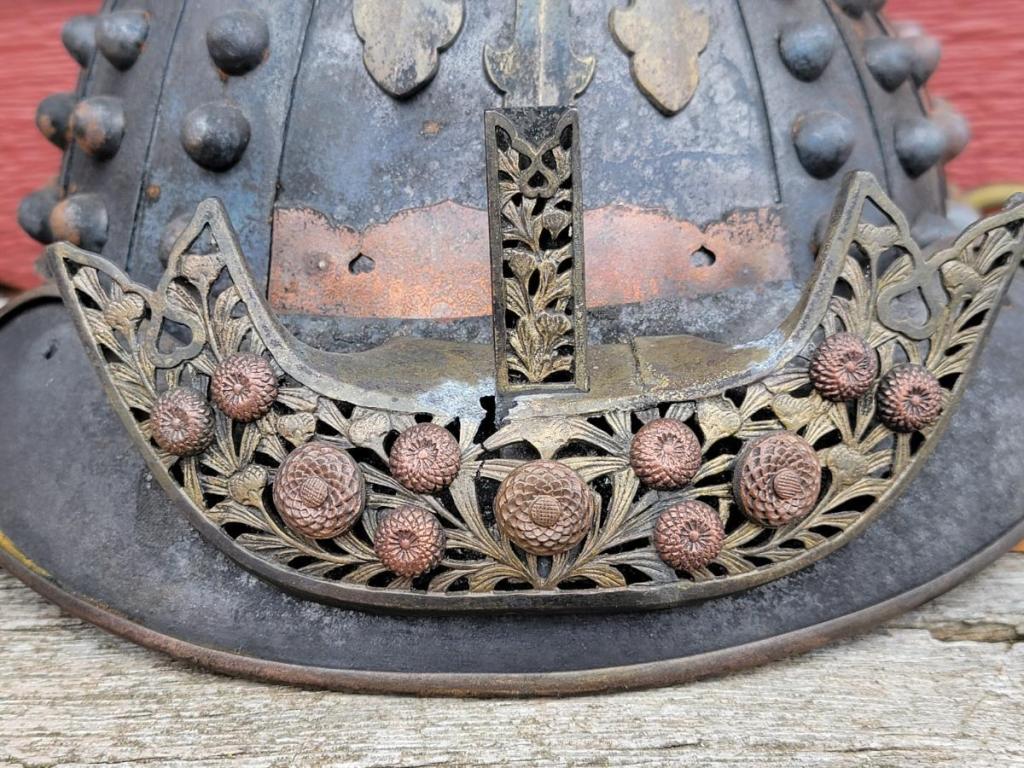
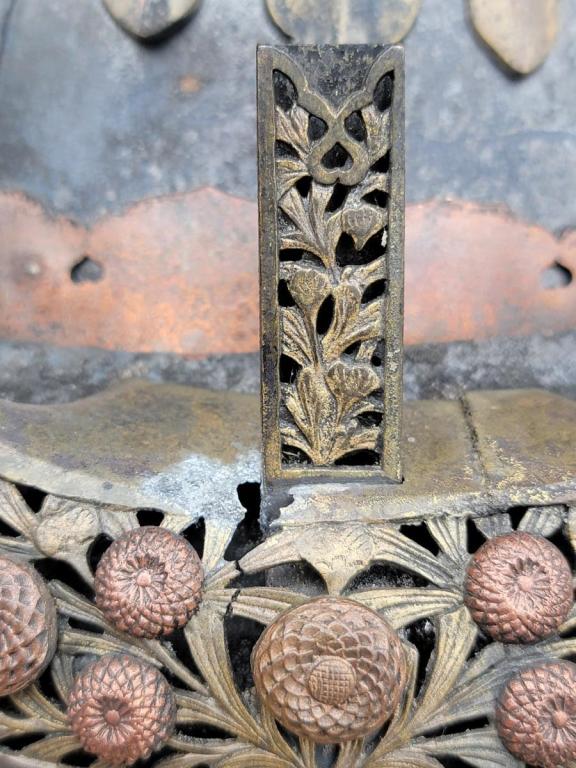
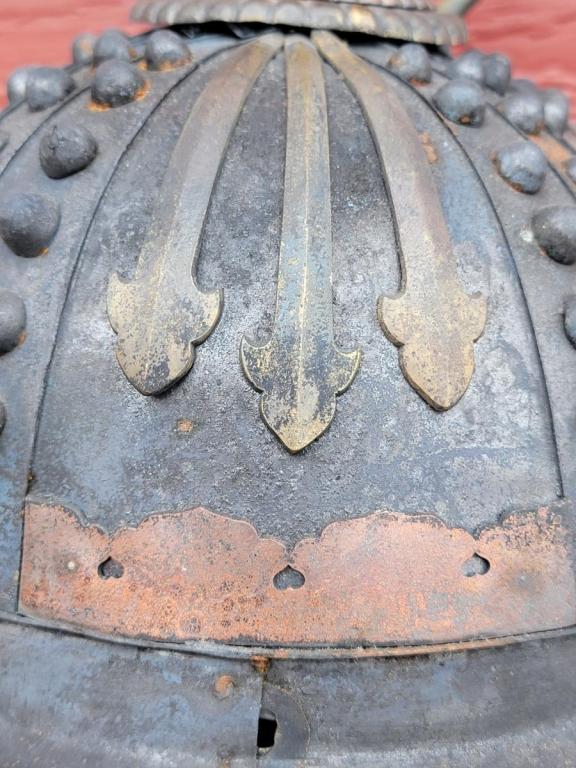
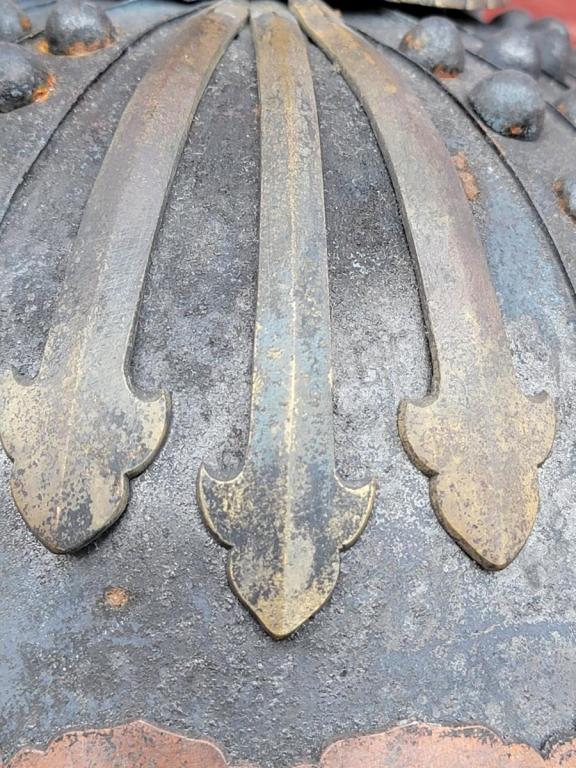
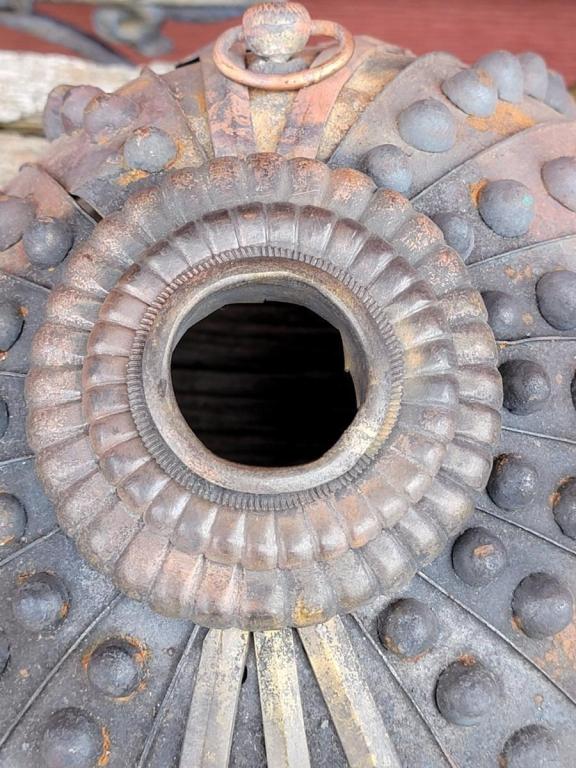
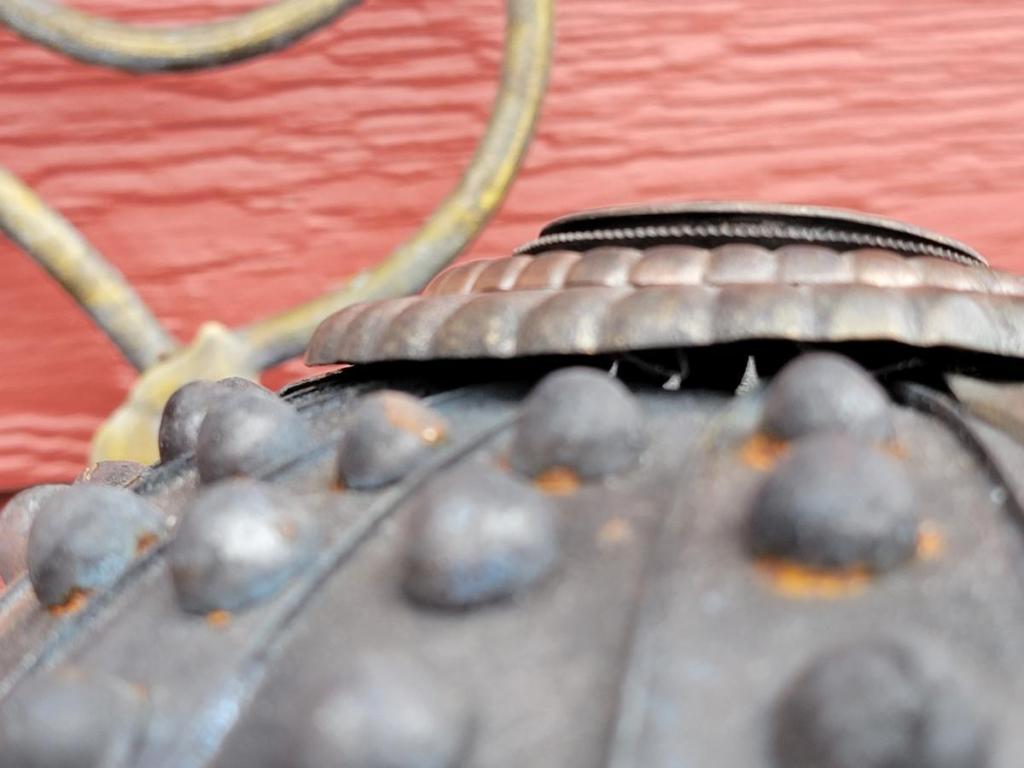
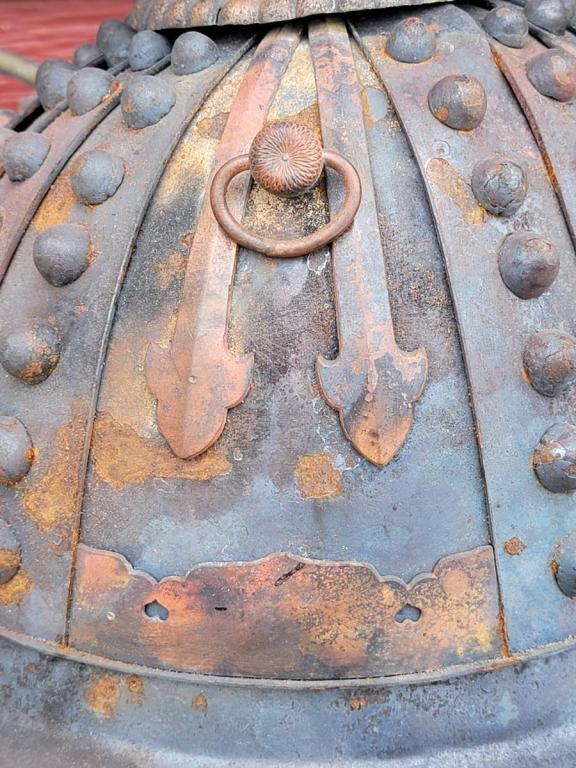
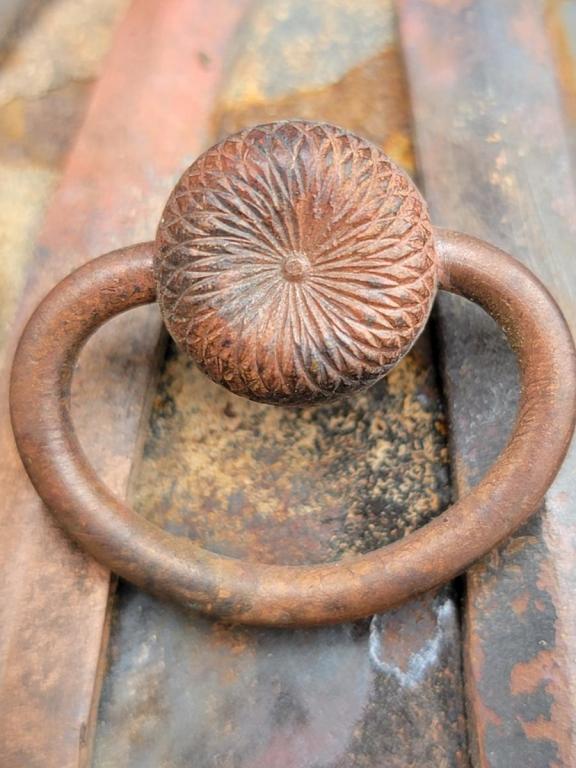
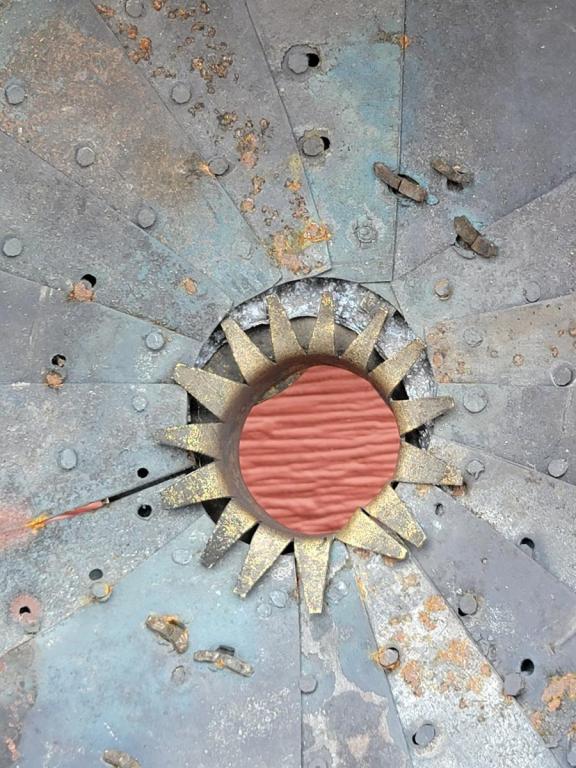
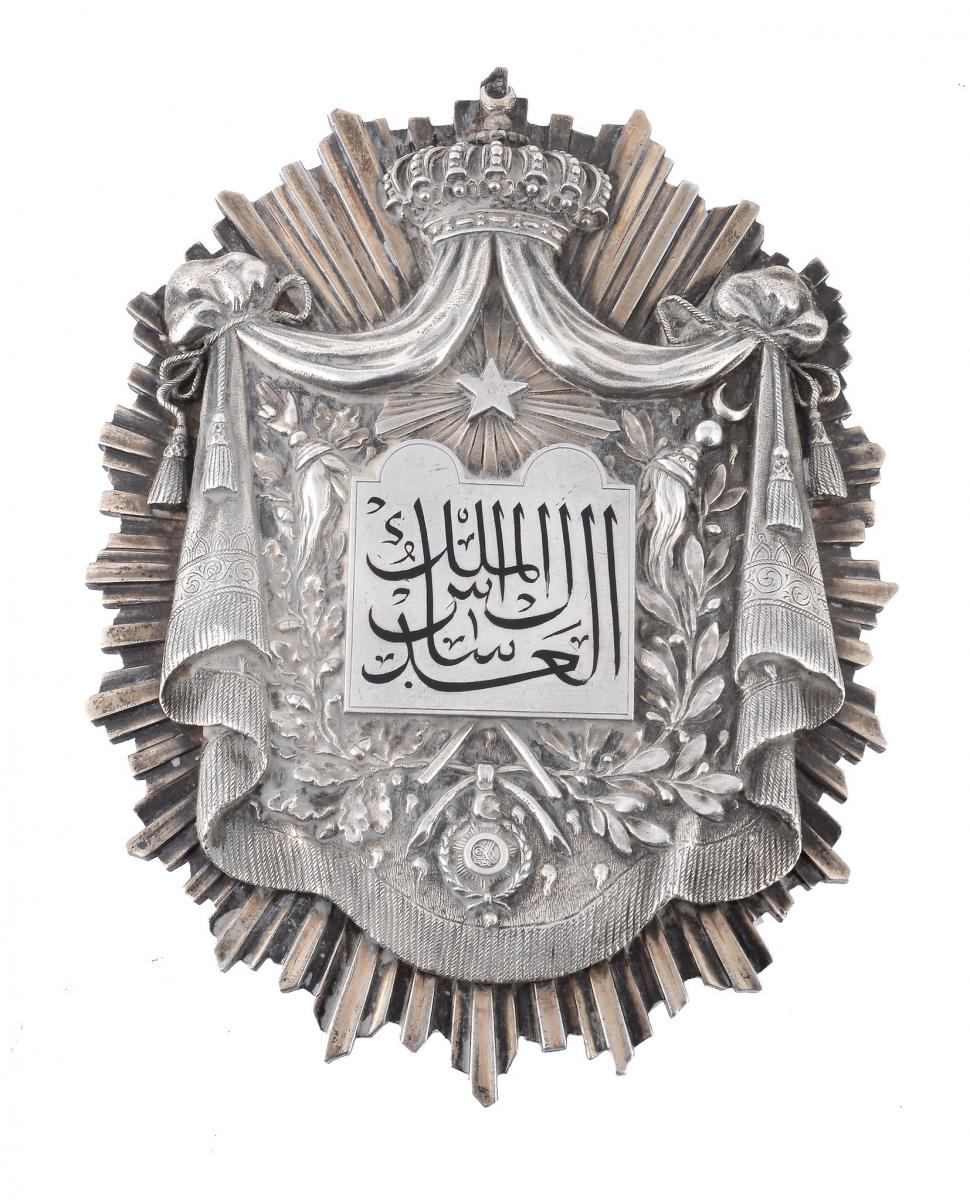
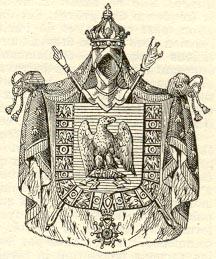
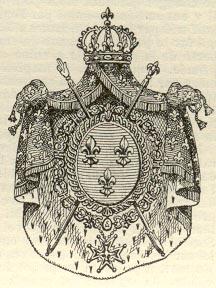
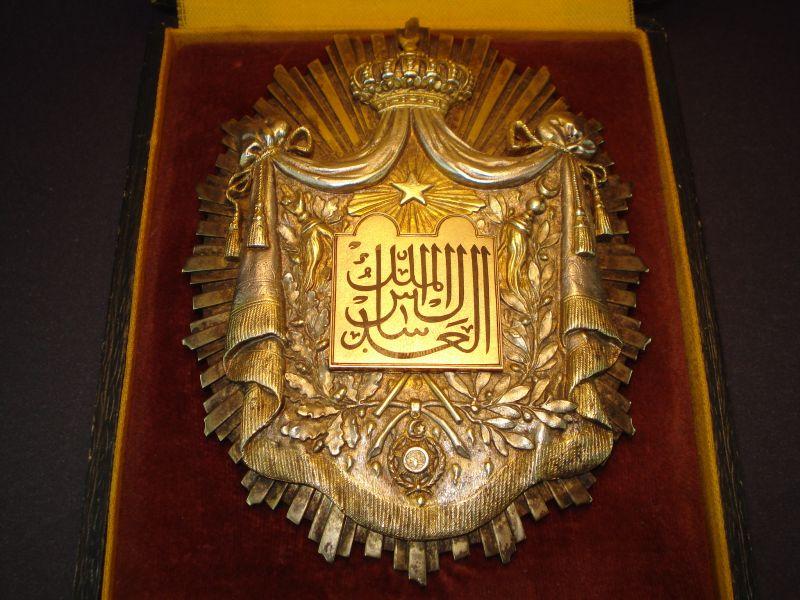
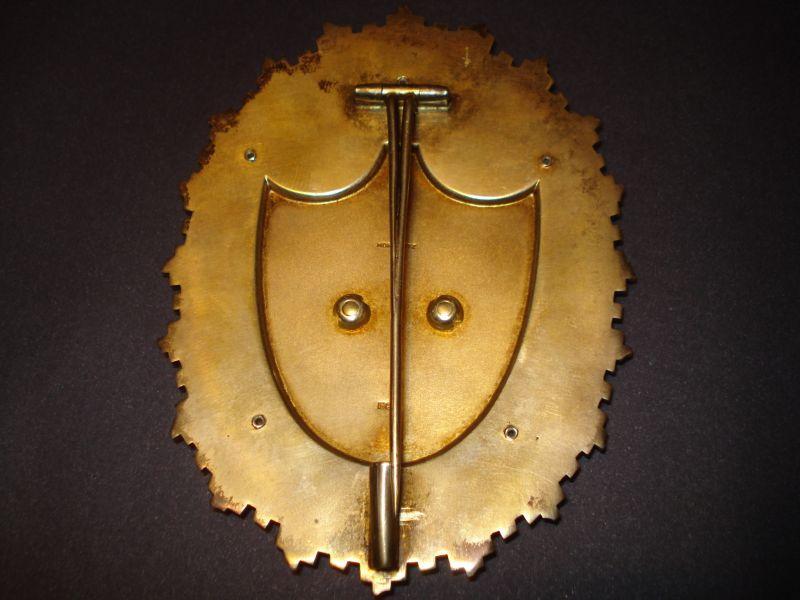
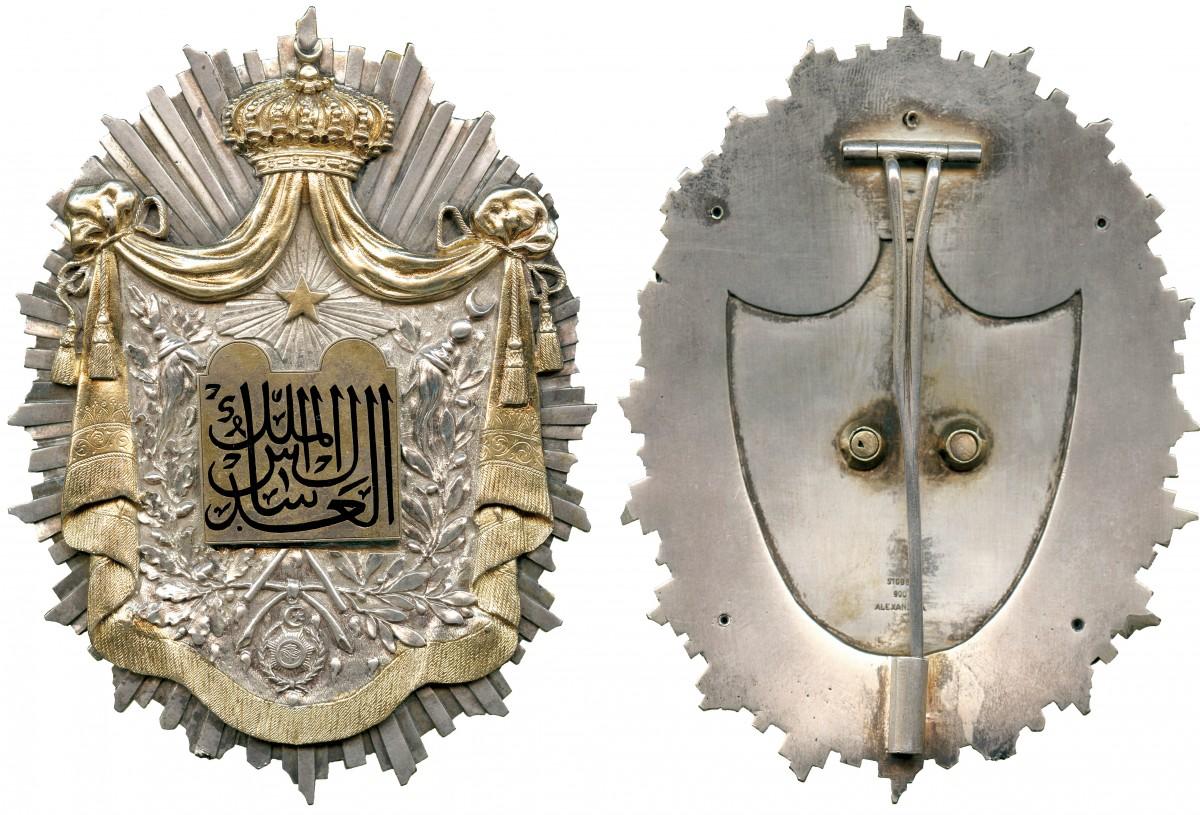
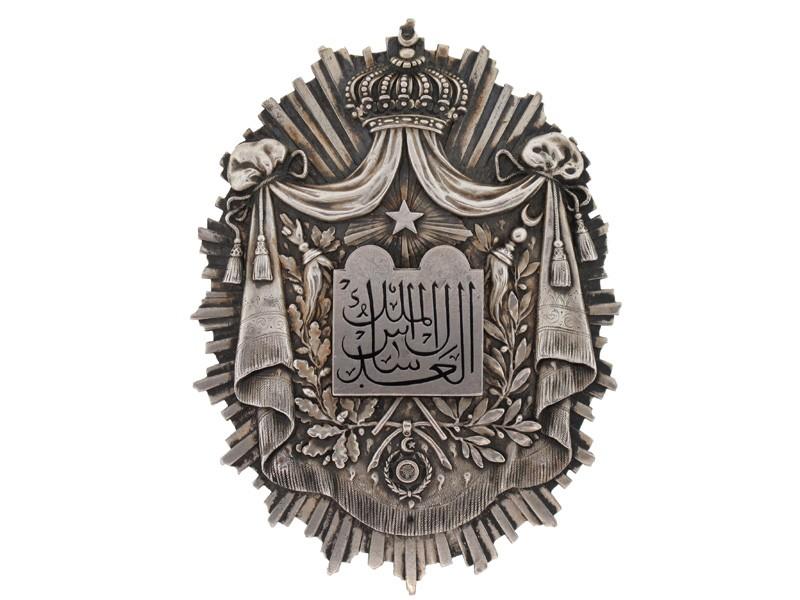
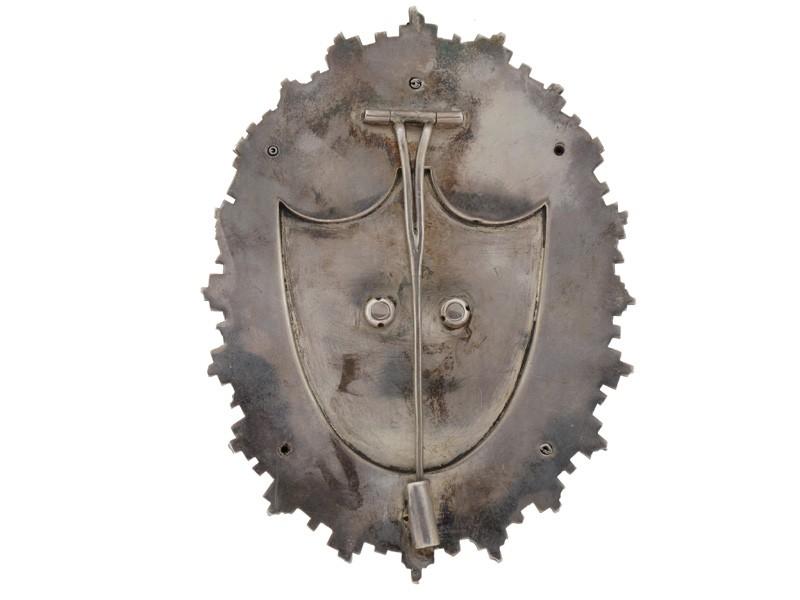

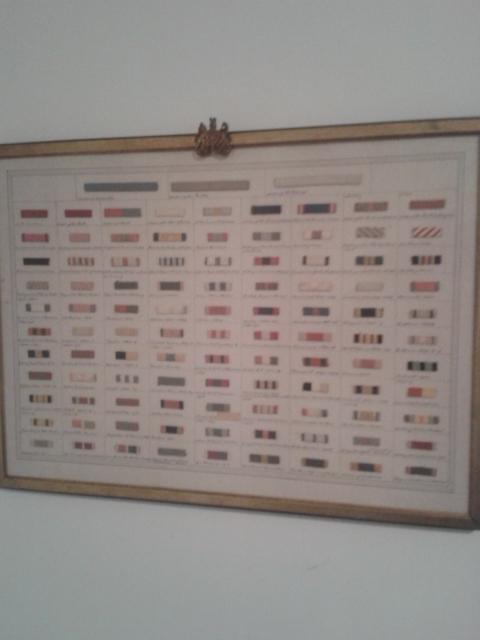
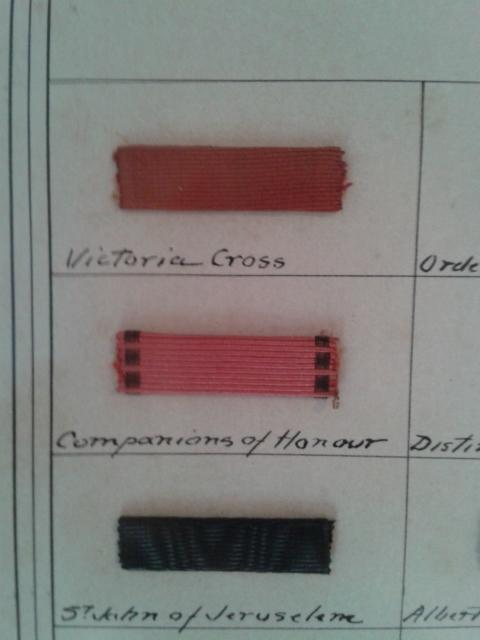




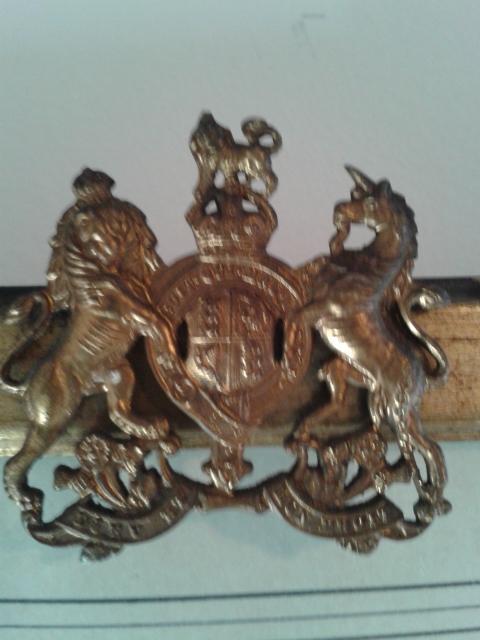
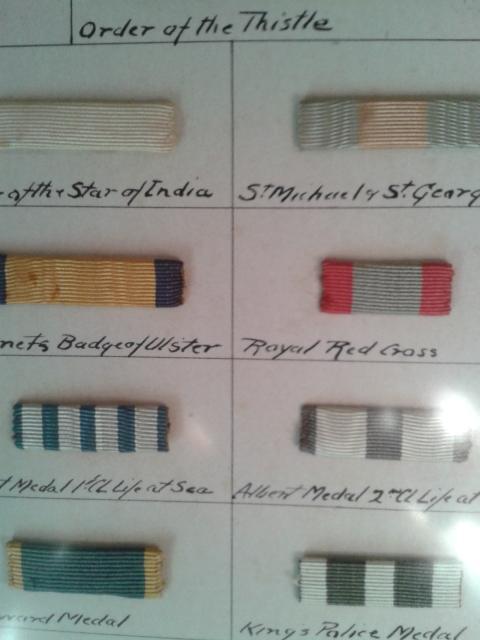

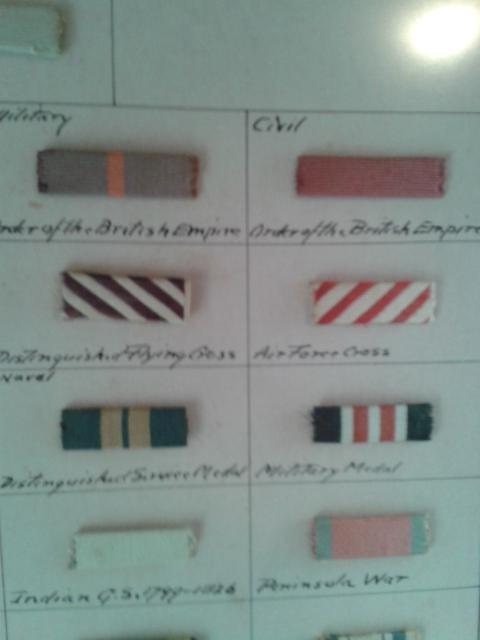
.thumb.jpg.add7f2c6d254bfcc3f5d2cbb914461eb.jpg)
.jpg.636db5f03f970722474a9c1404422caa.jpg)
.thumb.png.dc2ac9ccd885004c291a2d930a11c41f.png)
.thumb.jpg.7eb7d2d681dff51d59a7445aa888c2ff.jpg)
.jpg.a85bd5c9220d5976caed446ac5a19e47.jpg)
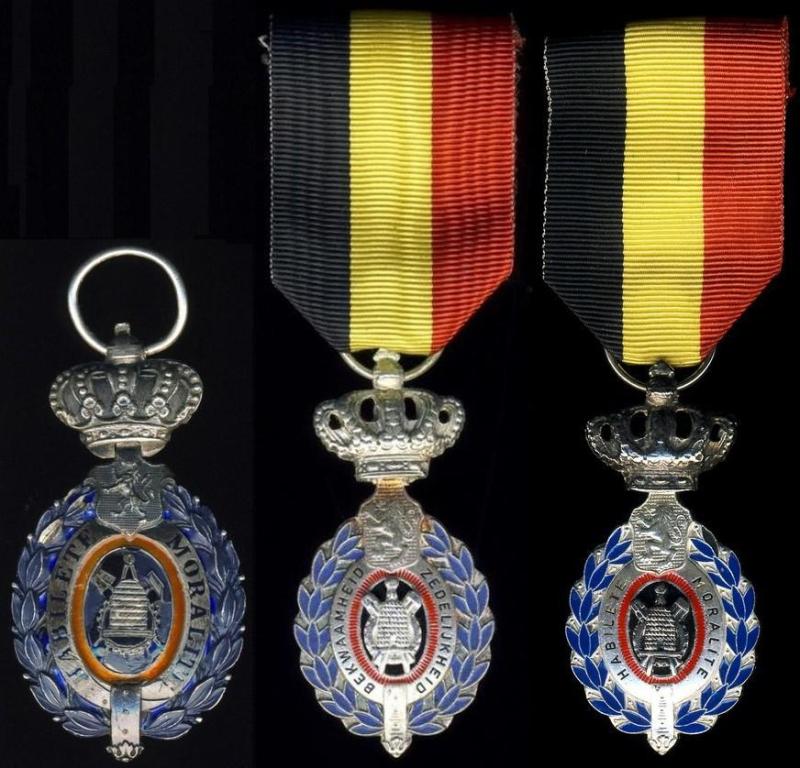
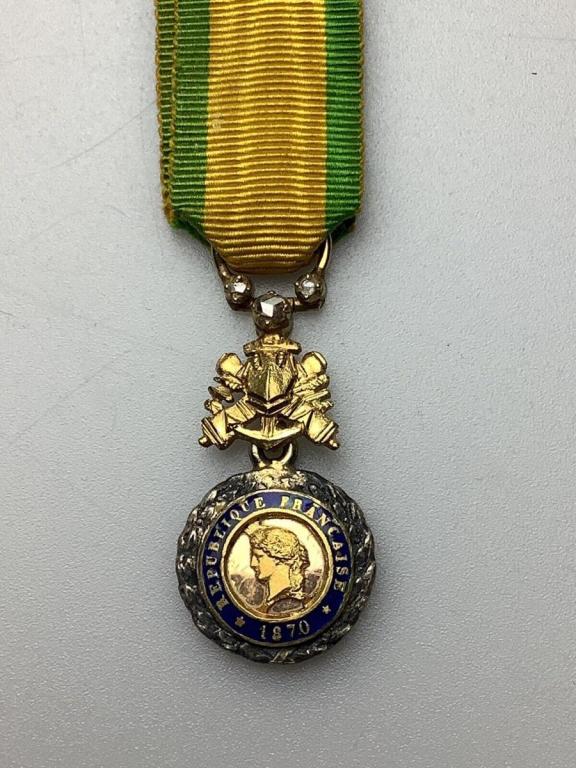
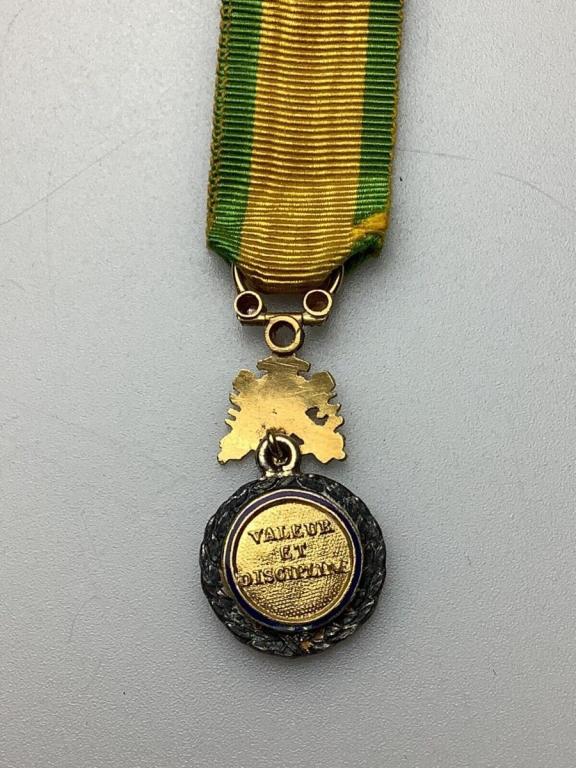



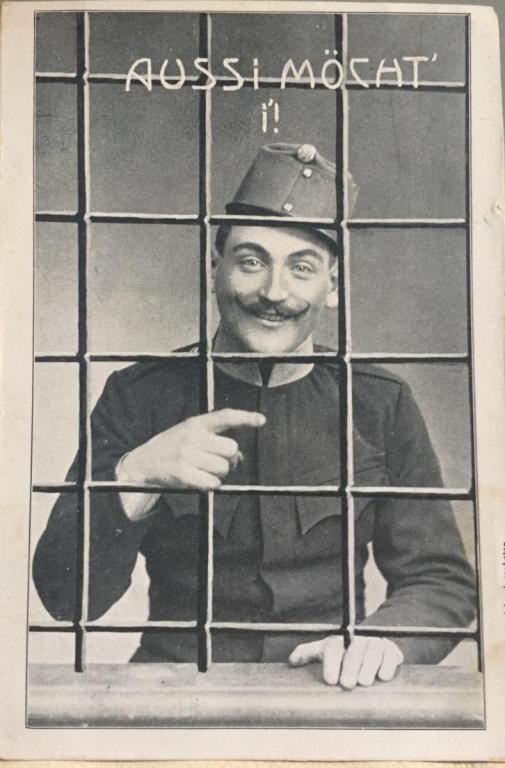
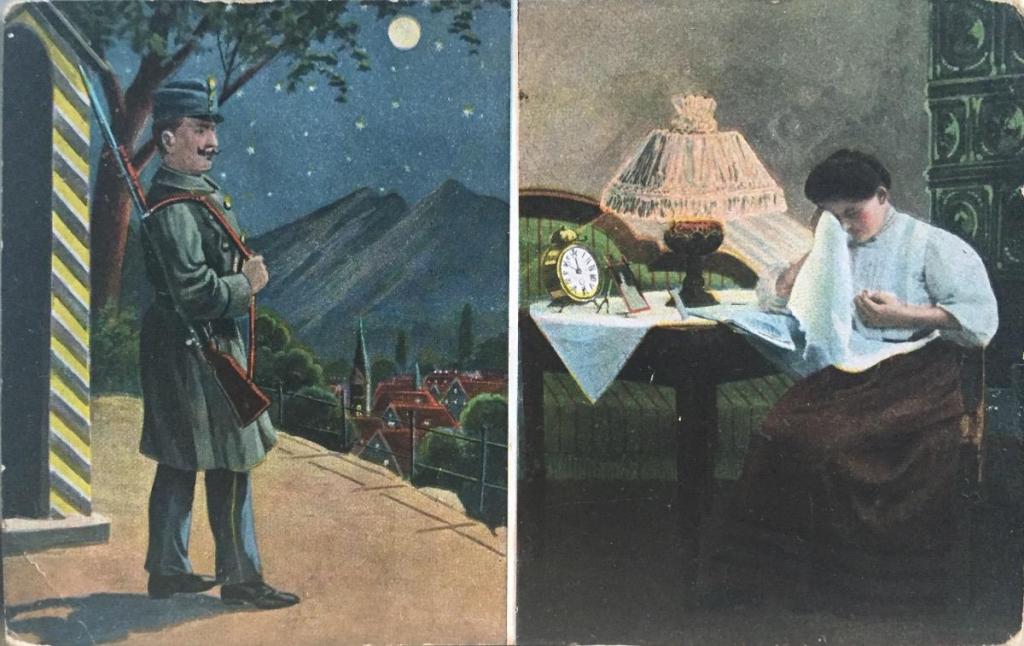
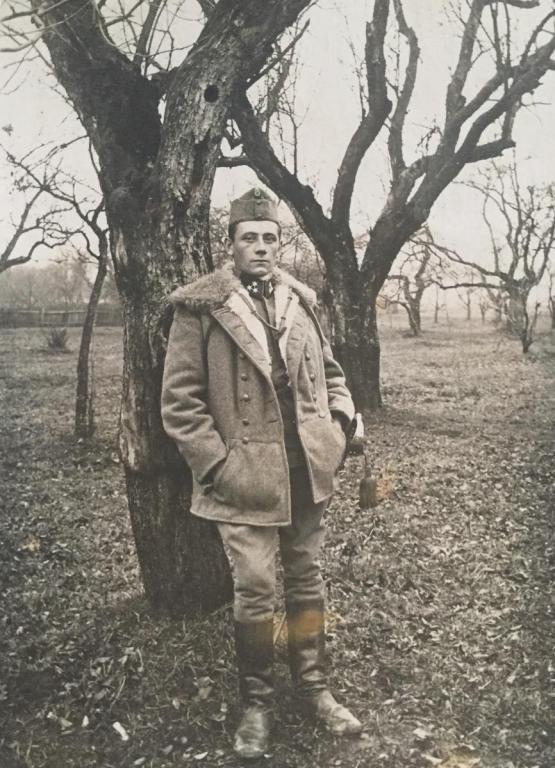
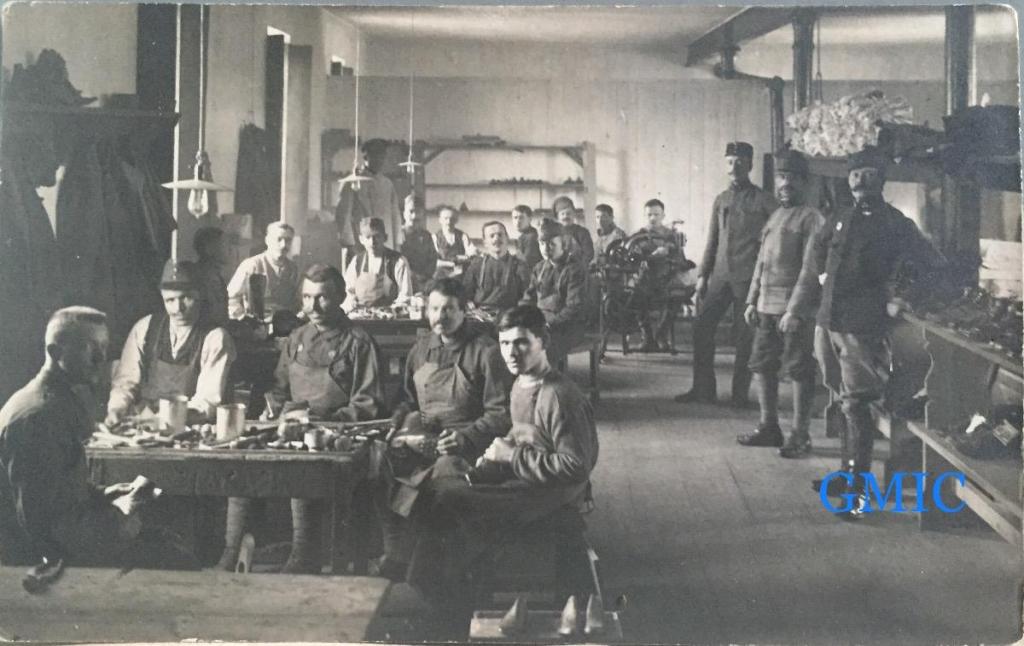
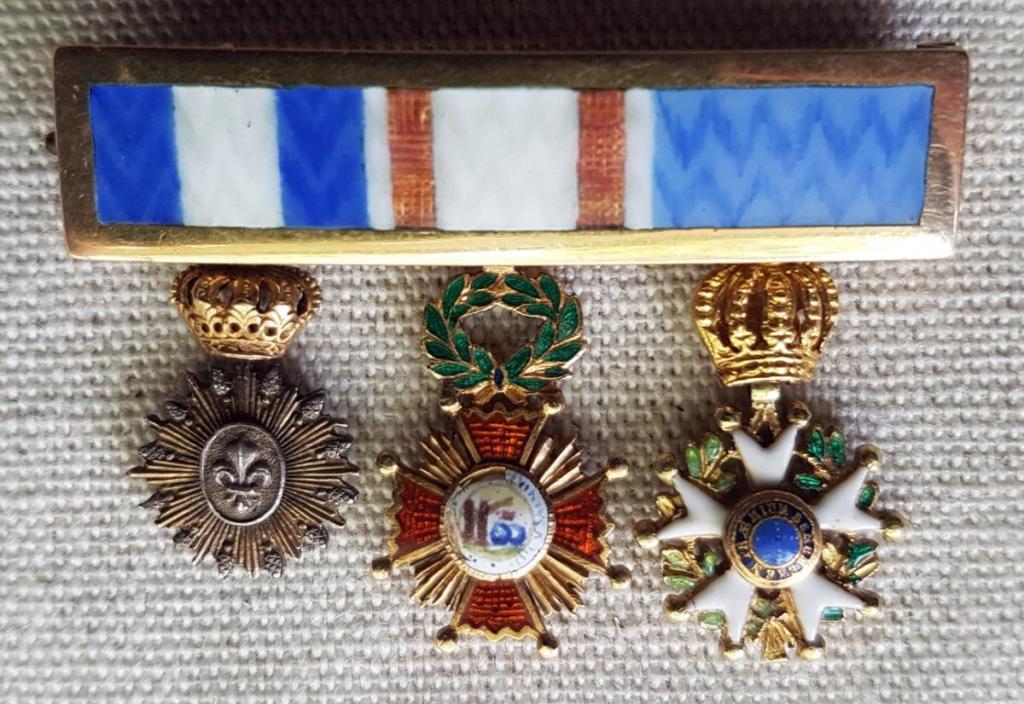
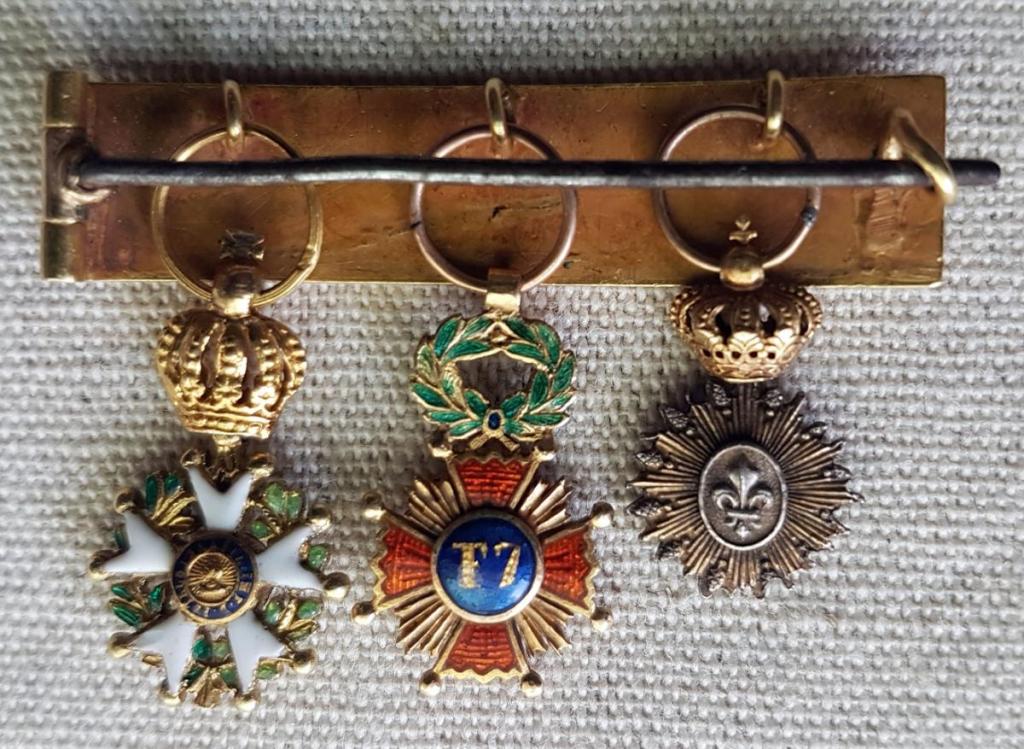
Hungarian uprising, Oct.- Nov. 1956
in Modern Campaigns and Conflicts
Posted
Yes I agree